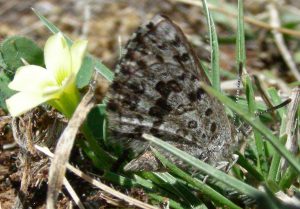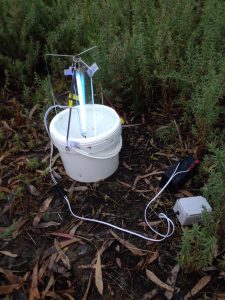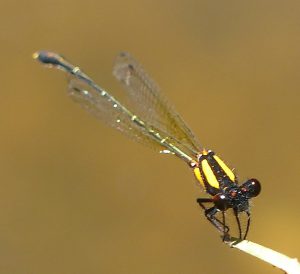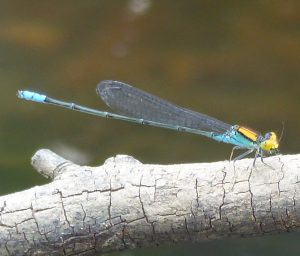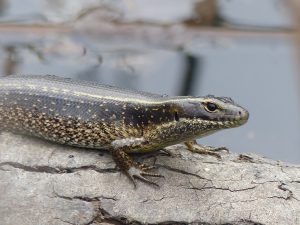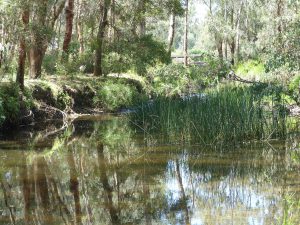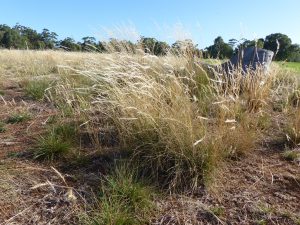Biodiversity in the heart of the city – Adelaide Parklands fauna survey update
In March 2017, Nature Glenelg Trust were engaged by the Adelaide City Council to conduct a fauna survey at the Victoria Park grassland – a two hectare area in the Adelaide Parklands set aside for conservation. This short-term survey was undertaken from 27-30 March 2017. The fauna survey targeted birds, reptiles, mammals and invertebrates, including the Grassland (or Chequered) Copper butterfly (Lucia limbaria), first recorded at the site in 2011.
A subsequent survey was then commissioned over a broader area of the Adelaide Parklands for spring 2017 to autumn 2018. A total of nine sites were chosen by Adelaide City Council to reflect the broad range of habitats and extent of the Parklands surrounding the central business district.
Two hectare x 20 min bird surveys were undertaken in the morning and/or afternoon (three in total per site per season) at all nine sites. Reptile surveys using active searching, checking under logs and any other items likely to be a refuge, as well as listening for movement in litter/grass. If any reptiles were found a photograph was taken to be used for identification. Roofing tile grids (of 50 tiles) were also set up at five sites (considered to be most likely to contain reptiles due to vegetation structural elements) in December 2017.
Invertebrates transects were set up and walked during sunny conditions (three in total per site per season) and UV light traps were set to increase the fauna list per site by attracting nocturnal flying insects.
Over 155 species from five vertebrate and three invertebrate classes were identified during the survey. Four mammals, two introduced fish, ninety invertebrates, forty-nine birds, one amphibian and five reptile species were observed and identified across the 10 days of surveys from spring 2017 to autumn 2018. Encouragingly, two threatened species were observed, they were the Eastern Water Skink (Eulamprus quoyii) and Yellow-tailed Black Cockatoo (Calyptorhynchus funereus). A further 98+ species were recorded (but unable to be identified to species) in two vertebrate and three invertebrate classes.
Highlights include:
The Gold-fronted River Damsel (Pseudagrion aureofrons) and Orange Threadtail (Nososticta solida) were only observed along the River Torrens in Park 27. For both damselflies this observation represents the most western record either in Australia and/or in SA, and is also a new river system for them in SA. The flight period, for the Gold-fronted River damsel can be confirmed to be from November to April in SA.
Eastern Water Skink (E. quoyii) which is a very large skink, only found along the Murray River system and the smaller river catchments in Adelaide was observed basking on logs or rocks at the edges of water in Park 23 & Park 27. This species documented as ‘vulnerable’ in the Adelaide and Mount Lofty Ranges.
The Parklands also contain a variety of beautiful natural areas from grassland, grassy woodland, and river and water catchment areas.
NGT aim to be involved in the BiodiverCity in the Adelaide Parklands project, especially the Victoria Park (or Pakapakanthi) as previously reported (link), and I will return in spring this year to complete a final round of checking roofing tile grids for reptiles.

